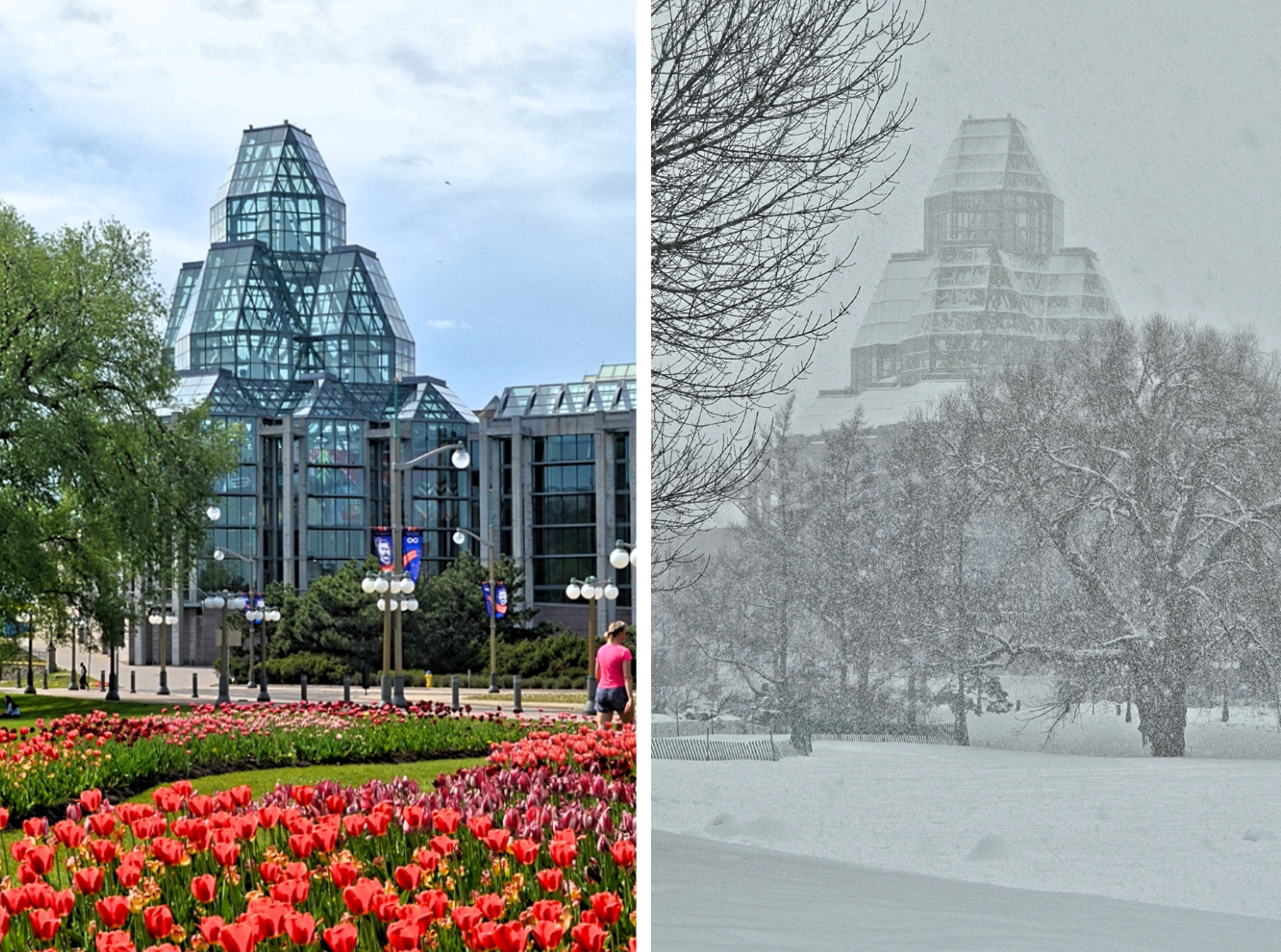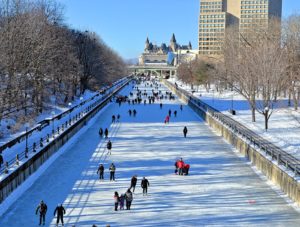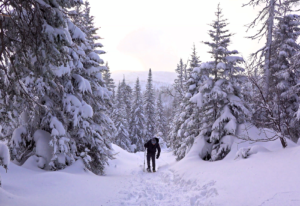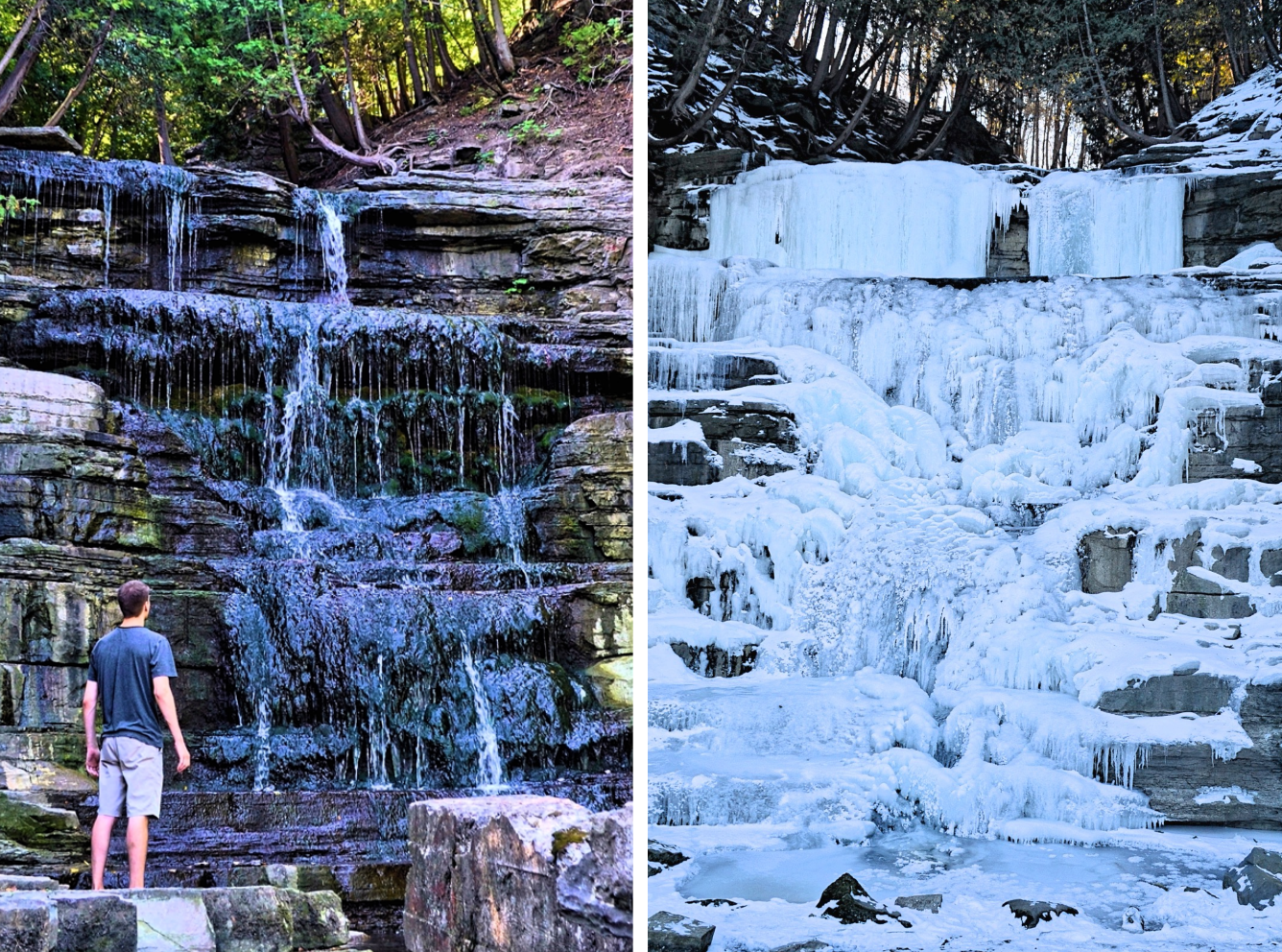
Canada’s Winter vs Summer
Canada’s huge landmass encompasses everything from shrub-strewn deserts to vast Arctic tundra. Although Canada is known for its cold weather and snow, its climate is as diverse as its terrain. In general, Canadians have four different seasons, especially in the more densely populated south areas bordering the US border. Summer temperatures can reach 35°C and more during the day, but winter lows of -25°C are not unusual. In the spring and fall, temperatures are more temperate.
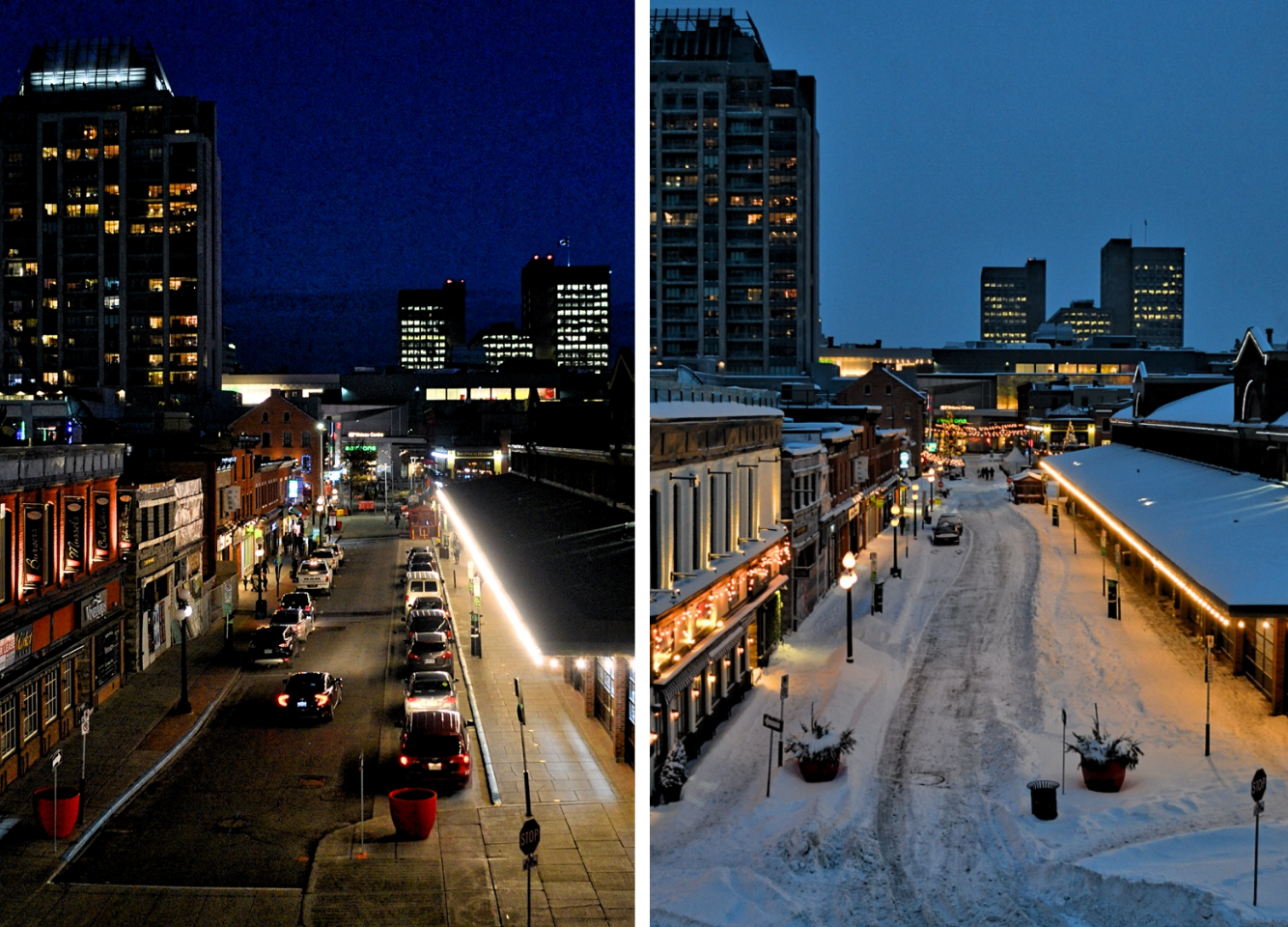
Canadians encounter some of the world’s most diverse weather systems, from bitterly cold winters to sweltering, muggy summers; torrential rain, blinding snowstorms, deadly tornadoes, and burning dryness. Canada has the world’s biggest latitude range of any country. Our southern boundary is located at the same latitude as northern California, while our northern frontier goes all the way to the poles. It’s uncommon for the same season to occur in the same location at the same time. The Arctic may still be in the grips of a bitter winter in early April, while the south may be experiencing summer-like temperatures.

Because of Canada’s vast geography, we can experience a wide range of temperatures, from hot and humid to chilly. Similar traits can be seen throughout the country in the four seasons. It’s a good idea to examine the climate in the location you’ll be visiting if you’re planning a trip to Canada.
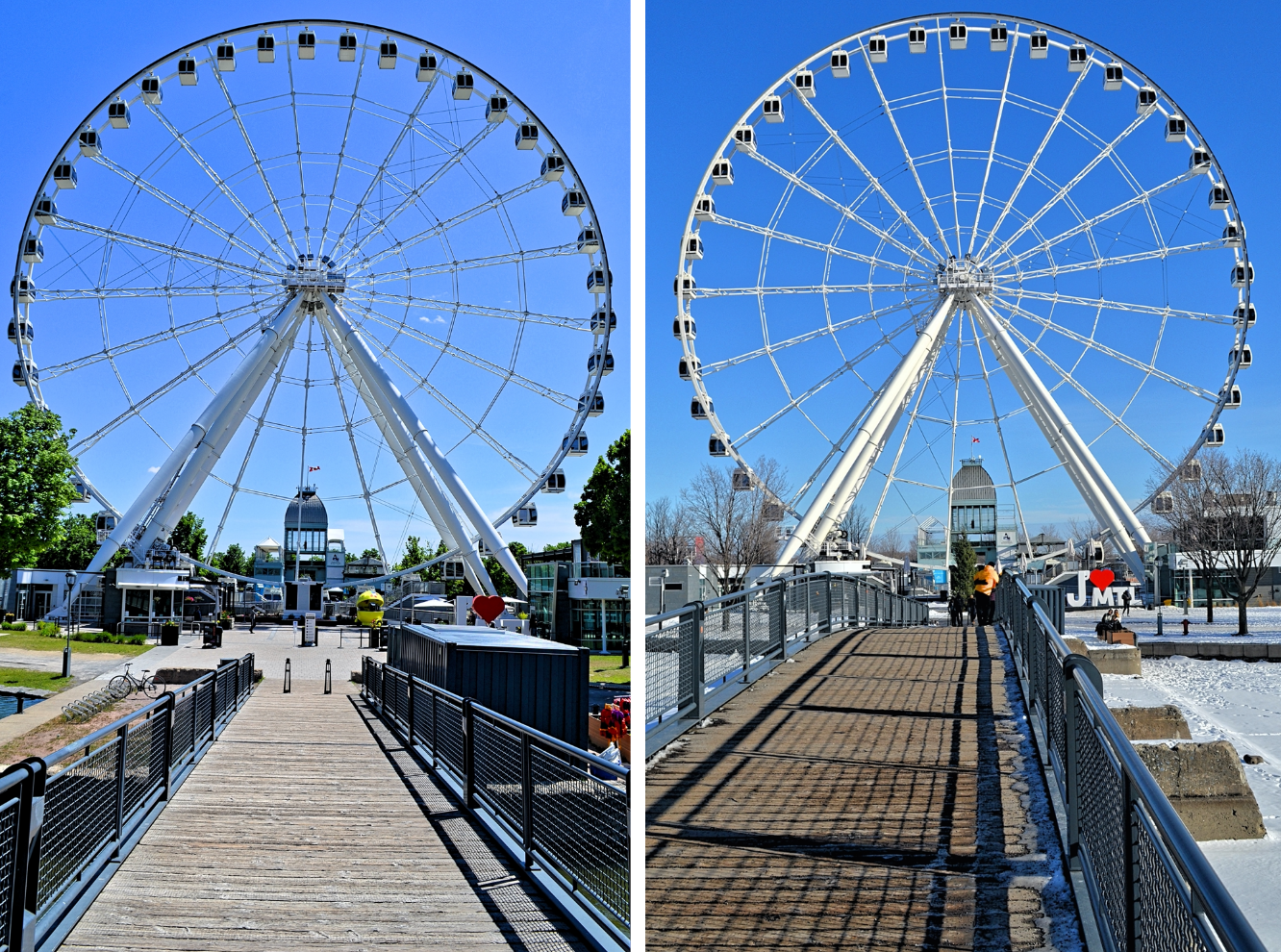
The climate near Toronto is continental. The winters are bitterly cold and snowy. The summers are quite hot and humid. Summer highs hover around 26°, while winter lows hover around 0°. Year-round, it rains on average 7 days a month.
Much of Northern Canada is covered in ice and permafrost; however, the future of the permafrost is questionable due to climate change in Canada, which has caused the Arctic to warm at three times the global average.
What are the warmest cities in Canada?
The warmest cities in Canada for winter weather are in Ontario. Toronto, Windsor, and St. Catharines, all in Ontario, stand out as having a consistently warmer winter climate than the rest.
Victoria, British Columbia, is without a doubt the hottest city in Canada during the winter. It is many degrees and days ahead of the rest of the country in terms of warm weather. Victoria is the only major Canadian city where the temperature does not often drop below -10 degrees Celsius in the winter.
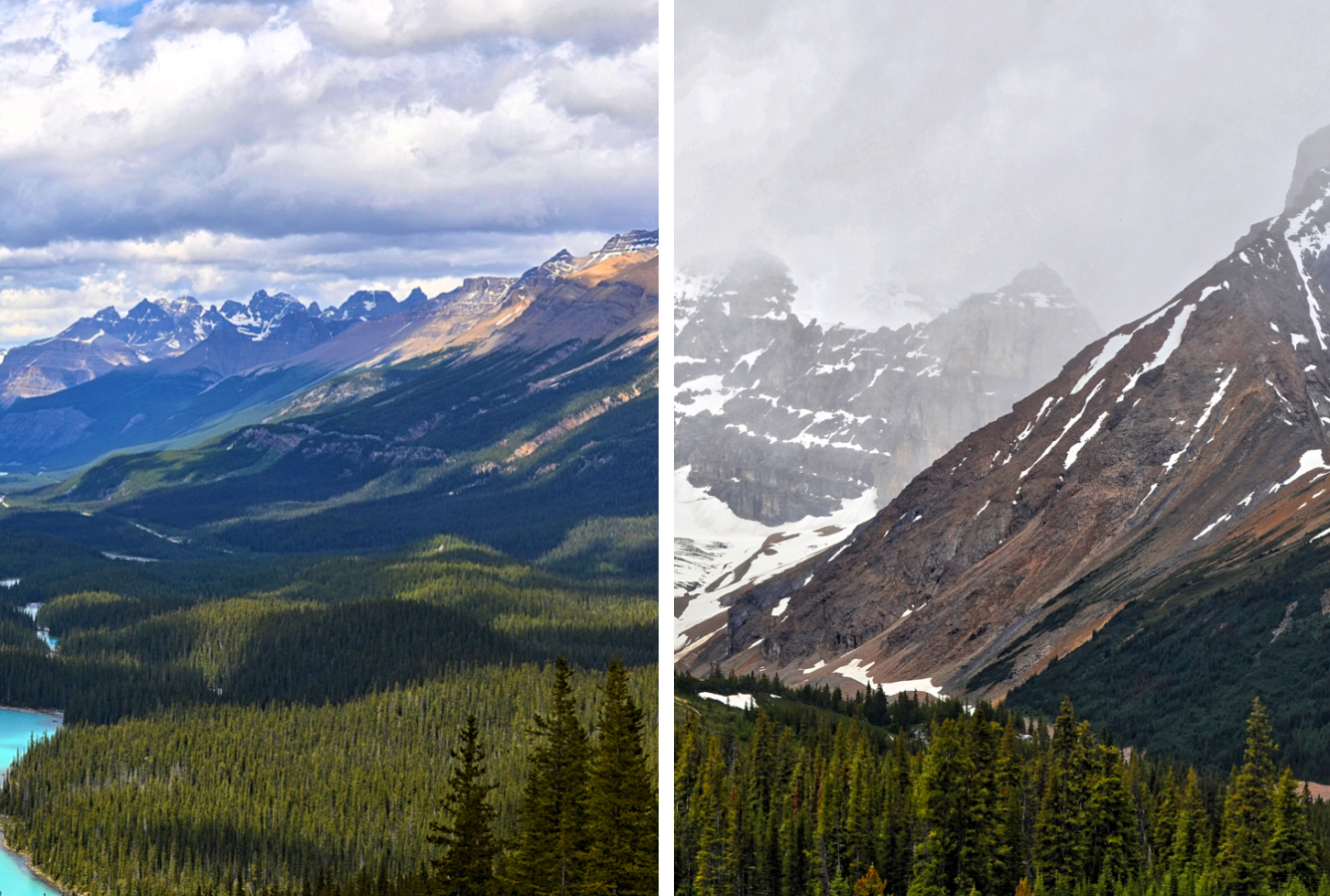
Winter in Canada:
Snow usually begins in October/November and lasts until March/April, depending on the weather wave. Temperatures can range from 10°C to -35°C, and in the north, they can go considerably colder. Extreme winters may become more common in the future; in February 2021, a “polar vortex” caused record-breaking low temperatures across much of the country, particularly in the Prairie provinces (Alberta, Saskatchewan, and Manitoba). The west coast of Canada enjoys milder winter temperatures than the rest of the country, and it rains a lot in the winter.
Winters in southern Alberta are often cold and snowy, with the exception of the “Chinook,” a warm dry breeze from the Rocky Mountains that blows through and melts the snow.
When the weather turns cold, Canadians are kept toasty thanks to a network of heated homes, cars, and public transportation. Some cities have also created sidewalks leading to and from school buildings. Many people choose to stay inside and engage in exclusively indoor activities. Others spend their winter vacations in the Caribbean or the southern United States. However, other Canadians enjoy going outside to ski, snowboard, skate, snowshoe, and ride snowmobiles.
Winter start and end dates: December 21 to March 20
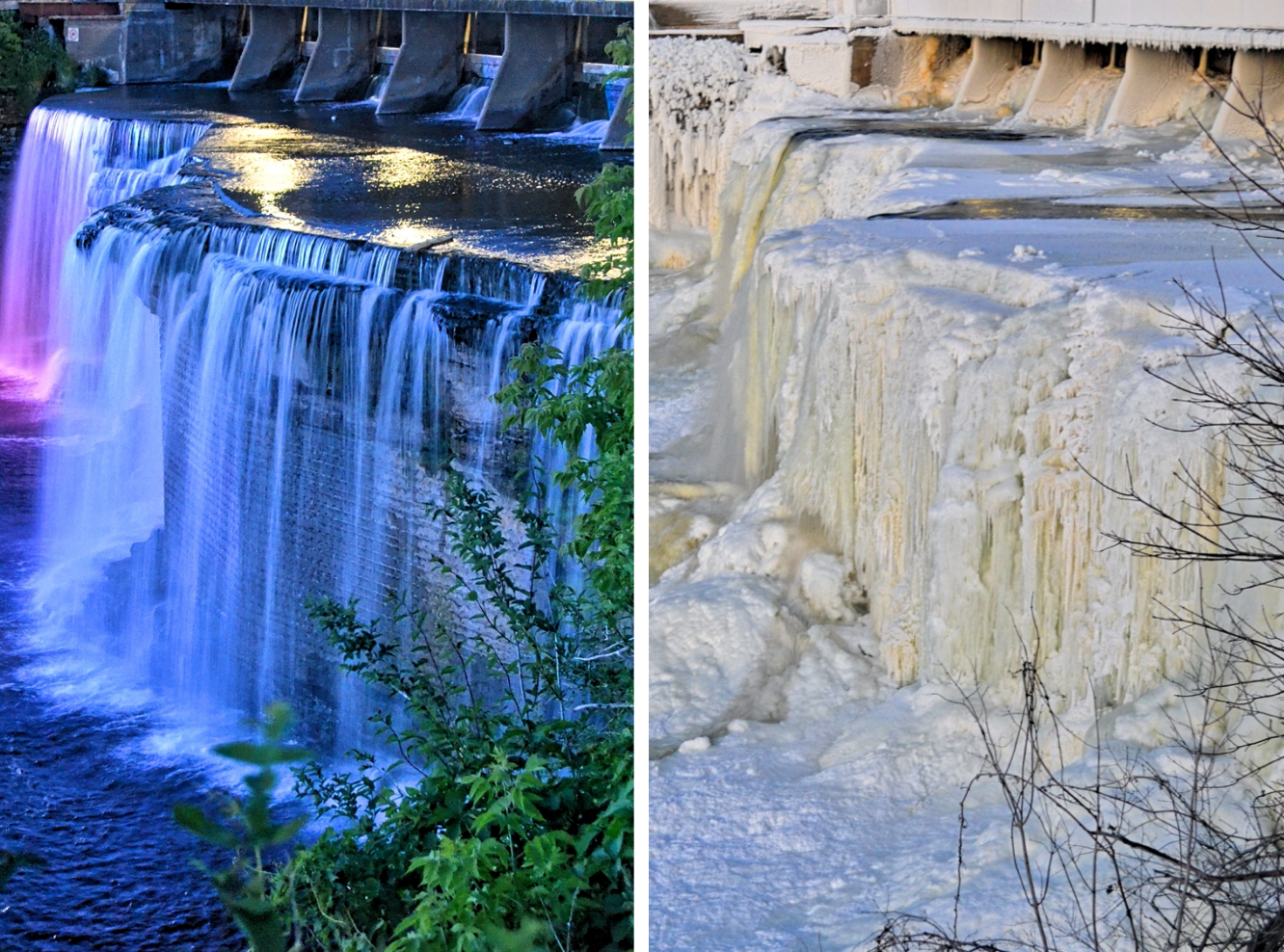
Summer in Canada:
Summer in Canada means hiking, mountain biking, and kayaking, as well as camping, rafting, and road vacations, from June through August. The far north is a little cooler, but it also has extraordinarily long summer days. Summer is unfortunately also wildfire season. Droughts and heat waves have resulted in increasingly extreme fire seasons in recent years, particularly in the Prairie provinces.
From Halifax to Vancouver, July-August is peak tourist season, particularly from mid-July through mid-August. You may need to book 6 to 9 months in advance for the most popular sites and locations to ensure availability (and for better prices, as it is always more expensive to book at the last minute). Tourists from all over the world flock to cities and national parks. And, of course, prices are at an all-time high.
Summer start and end dates: June 21 to September 21
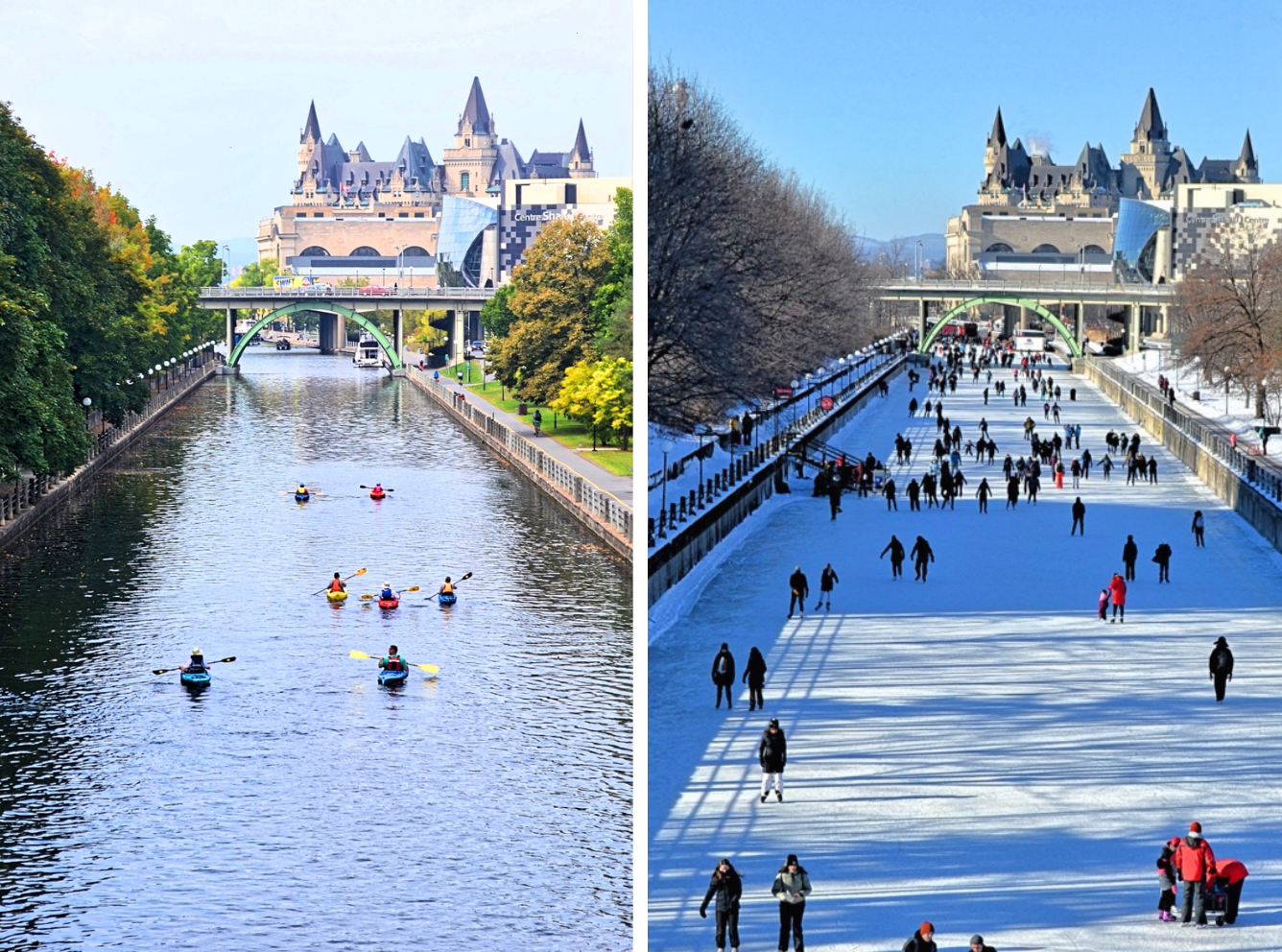
. . .

